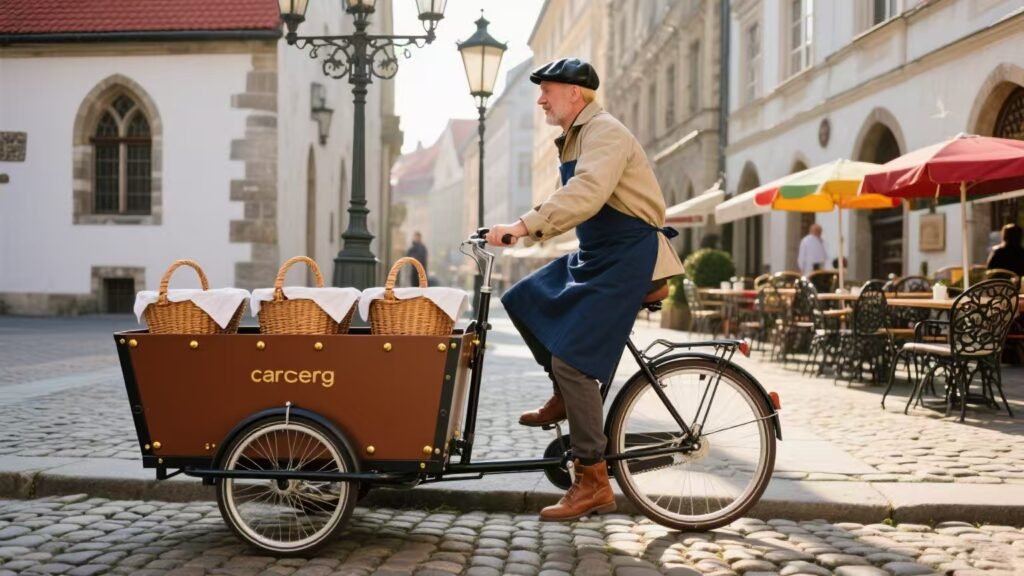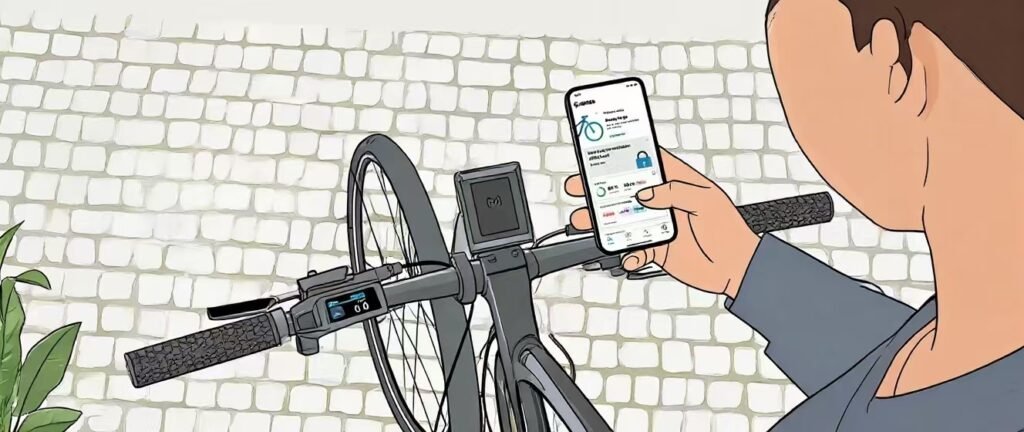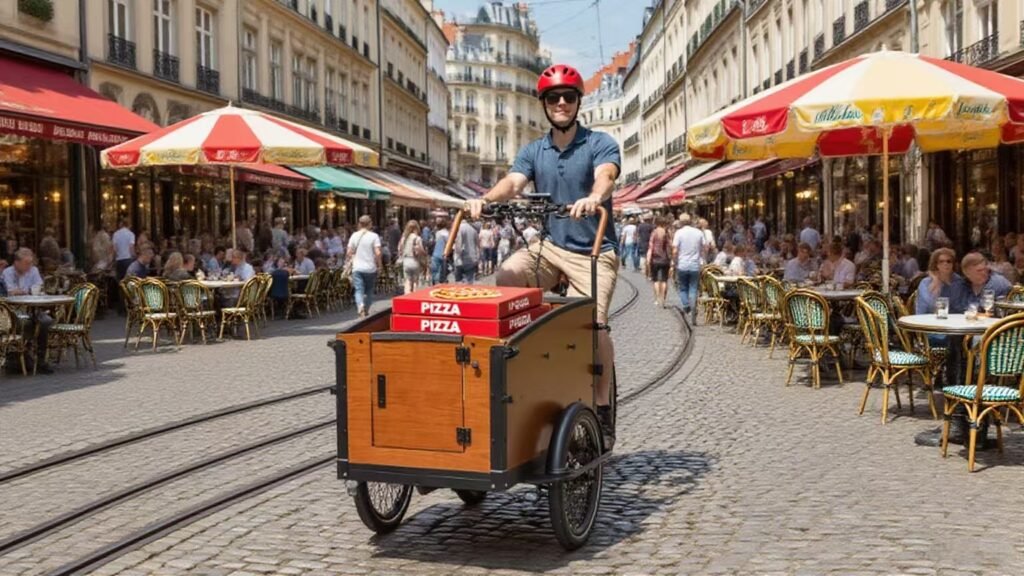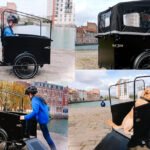Cargo bikes, especially electric cargo bikes (e-cargo bikes), are no longer just for families or bike enthusiasts. For companies exploring the cargo bike business, they are becoming an efficient, eco-friendly, and cost-effective mobility solution. But many B2B clients still ask: “What technical factors should I really care about? What trends should I prepare for?”
We’ve put together this Q&A guide based on our 16+ years of industry R&D experience and insights from early movers in the cargo bike sector. Let’s break it down.

Q1: What technical factors do B2B buyers care about most?
1. Safety certification
This is a non-negotiable. Not all factories have the ability to test and certify frames under EN standards (including vibration and fatigue testing). Because safety certification is costly, it has become a key industry barrier. For European market entry, working with a supplier who can handle in-house testing saves time and ensures compliance.
More reading about En17860.
2. Frame design & durability
E cargo bikes need a strong frame. Many models use reinforced tubing and thicker walls, which increase load capacity and stability. Yes, it can add weight, but this is compensated with high-torque motors and larger batteries to keep performance balanced.
3. Range performance
In Europe, where low temperatures can affect battery efficiency, using high-quality cells (e.g., LG) and higher-voltage platforms is essential. Cargo bike ODM partners like us can customise battery platforms to match delivery needs — from last-mile logistics to heavy-duty cargo bike business applications.
More reading:Sourcing & OEM Guide in Europe
4. Value for money
Compared with brands like Bosch, we offer a better cost-performance ratio. While the upfront price might not always be lower, the technical expertise, long-term reliability, and customisation flexibility create stronger ROI for businesses.
Q2: What do clients often overlook, but should pay attention to?
Weight vs. Safety vs. Range
Too often, buyers focus only on “lighter = better.” In reality, a heavier but stronger frame improves safety and load capacity. The key is balancing weight with range and power.
After-sales service
B2B clients underestimate the importance of quick response service and component availability. A strong cargo bike OEM/ODM partner with a reliable supply chain avoids downtime and lost revenue.
Q3: What design features will matter more in the next 1–2 years?
- Flexibility & Functionality
Buyers will demand cargo bikes that can be configured for different business scenarios — delivery, passenger transport, or even mobile shops. ODM ensures this flexibility. - Aesthetic differentiation
Businesses want unique branding. Expect more demand for custom colours, wooden box cargo bike designs, and private-label solutions to stand out in competitive markets.
Q4: What are the key technology trends in the cargo e-bike industry?

- Stronger motors & better torque
Cargo bikes are carrying heavier loads and tackling urban inclines. The cargo bike latest trend is clear: higher torque motors with reliable after-sales support will be a standard requirement. - Smart anti-theft systems
Expect more IoT-enabled e cargo bikes with smartphone apps controlling immobilisers, GPS tracking, password sharing, and maintenance notifications. These features not only improve security but also enhance fleet management for B2B clients. - Design diversification
We’re moving beyond the “classic bakfiets” style. New variations include:
Front-loading and rear-loading two-wheelers
Tilting cargo bikes for better handling
Stable four-wheel cargo boxes for heavy-duty applications
Specialised models for last-mile logistics or child transport - Infrastructure & community support
Innovation centres (like the Cargo Bike Expertise & Innovation Centre in the Netherlands) and international festivals are fuelling knowledge-sharing, making it easier for businesses to adopt cargo bike ODM solutions with confidence. - Safety innovation
Stronger brakes, better suspension(click to search for a suspension model), and improved restraint systems for passenger-carrying cargo bikes are under the spotlight. Clients should look for partners who design with safety-first principles.
More reading about e cargo bike market latest trend.
Q5: Why does ODM matter in all this?
Cargo bike ODM (Original Design Manufacturing) isn’t just about building a bike. It’s about reducing risks, speeding up market entry, and ensuring the product matches your exact needs.
From platform selection, technical feasibility checks, design refinement, prototyping, to certification and final launch, the ODM process ensures every stage is aligned with B2B requirements. This structured approach helps you avoid hidden costs and compliance risks while guaranteeing product-market fit.
And if your brand is considering cargo bike OEM solutions, working with the right partner ensures flexibility to scale production while keeping your identity unique in a fast-moving market.
Final Takeaway
Owning a cargo bike as a business tool is becoming easier — but only if you choose the right partner. With 16+ years of R&D in e-bikes and one of the earliest movers into the cargo bike field, we bring both technical expertise and industry insights.
👉 Looking to explore cargo bike ODM or private-label e cargo bike solutions? Let’s discuss how we can tailor a bike to your business needs, from frame design to smart IoT features. Contact us here.






